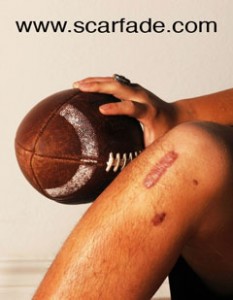
About Hypertrophic Scars
Hypertrophic scars are less prone to hereditary traits and ethnic origin than the redder keloid scars they are so often associated with in the medical community, although they are slightly more prominent in people with darker skin tones. While these fibrous scars can have a slightly lower surface than keloid scars, they seldom spread beyond the original borders of the wound.
Hypertrophic Scar Symptoms
Hypertrophic scars are typically thick, itchy and stiff. They are also painful in the early stages for some patients and are slow to heal. Aside from physical symptoms, they can also cause people to suffer from anxiety, depression, low self-esteem and can disrupt normal activities of daily life.
Hypertrophic Scar Treatment
Over time, hypertrophic scars can lose their puffy appearance, but they seldom fade significantly and disappear on their own. According to a study published by the National Institutes of Health (NIH) in 2009, the most common and effective treatments for hypertrophic scars include topical applications of spreadable silicone scar gel and silicone gel sheeting that begins five to 10 days after the wound’s closure. They were found to be effective partially because they keep the scar moist. The study also revealed that hypertrophic scars sometimes also respond to collagen injections and cortisone injections. In concert with other methods of treatment, massage of the area twice a day is useful. When silicone gel is used, the NIH study noted that massage can be done overtop of the scar medicine to improve a scar’s outcome.
